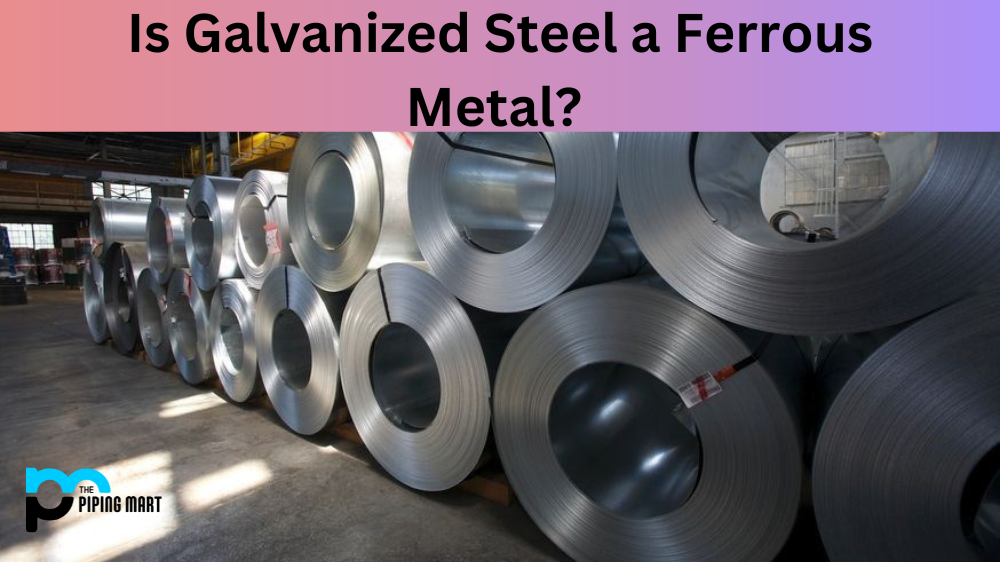When it comes to stainless steel, there are several varieties that all have their own unique properties and characteristics. Two of the more popular stainless steel varieties are 302 and 303 stainless steel. While both varieties offer excellent rust resistance and strength, there are also key differences between them—most notably in their machinability. Let’s explore these differences in detail.
302 Stainless Steel
302 stainless steel is an austenitic alloy with high levels of chromium (18%) and nickel (8%). It is most commonly used for industrial applications such as automotive parts, kitchen equipment, sinks, and medical instruments. Its corrosion resistance is similar to 304 stainless steel, but it has higher strength due to its higher chromium content. It can also be hardened by cold working processes, making it a great choice for many applications.
303 Stainless Steel
303 stainless steel is also an austenitic alloy but with slightly less chromium (17%) and nickel (7%) than 302 stainless steel. It offers similar corrosion resistance as 302 but with slightly lower strength due to its lower chromium content. The main difference between the two types of stainless steel is in their machinability; 303 is much easier to machine than 302 due to its sulfur addition which helps lubricate the cutting process. This makes it ideal for applications where precision machining is required, such as medical instruments or intricate automotive parts.
Differences Between 302 and 303 Stainless Steel
Chemical Composition
The two main types of stainless steel are 302 and 303. The key difference between 302 and 303 stainless steel is that 302 has a lower carbon content than 303. This is because 303 stainless steel is specifically designed to have a higher carbon content, which makes it more suitable for certain applications.
Mechanical Properties
302 and 303 stainless steel both have excellent mechanical properties. They are both strong, durable, and easy to work with. However, 303 stainless steel is slightly tougher than 302 stainless steel, making it the better choice for applications where high strength is required.
Corrosion Resistance
Both 302 and 303 stainless steel have excellent corrosion resistance. However, 303 stainless steel is slightly more resistant to corrosion than 302 stainless steel, making it the better choice for applications where corrosion resistance is required.
Temperature Resistance
Both 302 and 303 stainless steel have excellent temperature resistance. However, 303 stainless steel is slightly more resistant to high temperatures than 302 stainless steel, making it the better choice for applications where high-temperature resistance is required.
Cost
The cost of 302 and 303 stainless steel are both similar, making them both affordable options for a variety of applications.
Conclusion:
In conclusion, 302 and 303 stainless steels both offer excellent rust resistance and strength, but they differ in terms of machinability; 303 is significantly easier to machine than 302 due to its sulfur addition which helps lubricate the cutting process. Depending on your application requirements, either variety of stainless steel may be suitable for your project. If you need assistance determining which type would be best for your needs, do not hesitate to contact us for more information!

Abhishek is a seasoned blogger and industry expert, sharing his insights and knowledge on various topics. With his research, Abhishek offers valuable insights and tips for professionals and enthusiasts. Follow him for expert advice on the latest trends and developments in the metal industry.




